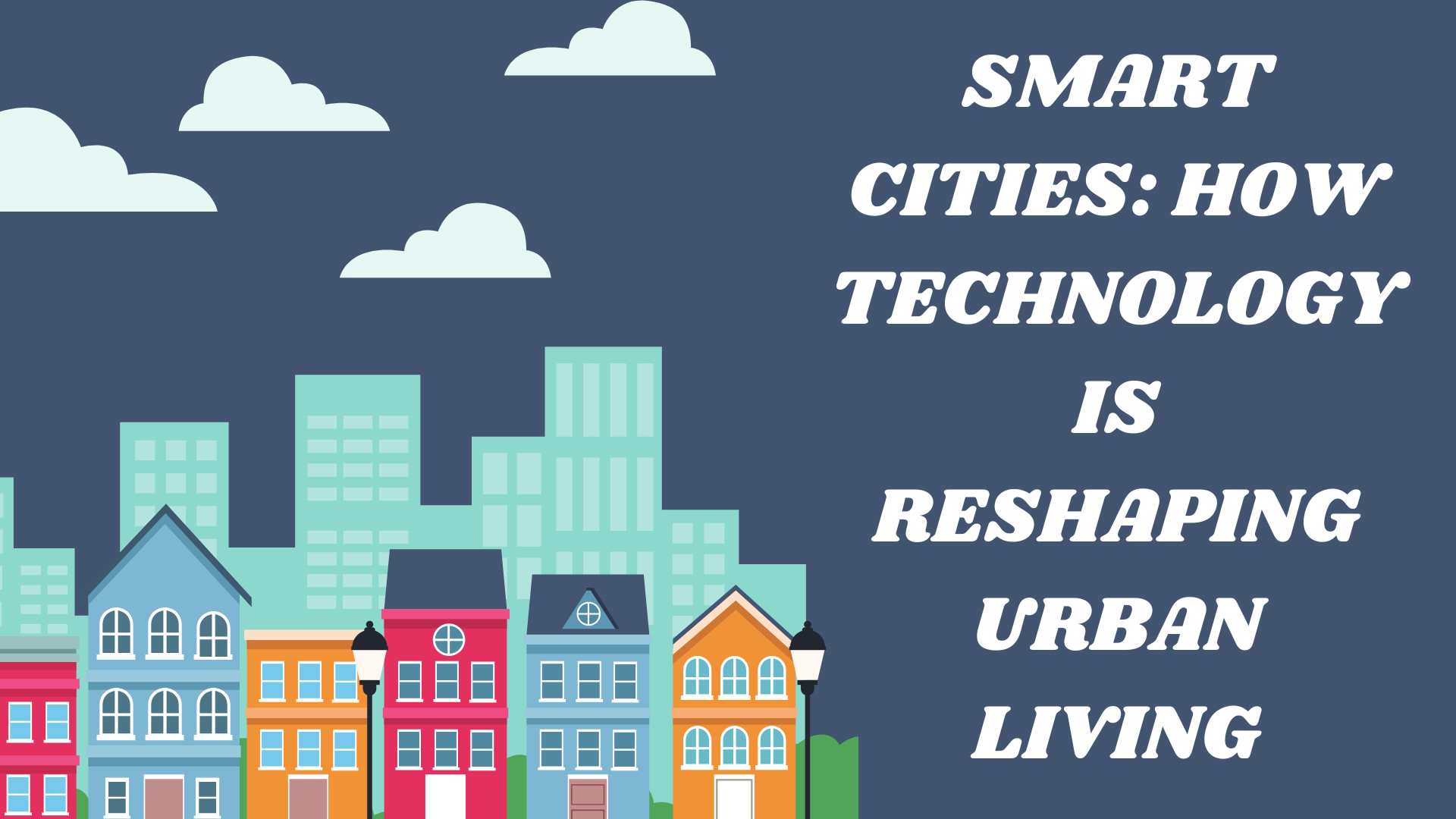Introduction: In the fast-paced and ever-evolving landscape of the 21st century, cities are undergoing a transformative revolution fueled by technological innovation. The concept of Smart Cities, characterized by the integration of cutting-edge technologies to enhance urban living, is gaining momentum globally. From advanced infrastructure and sustainable practices to data-driven decision-making, this article explores the multifaceted ways in which technology is reshaping the very fabric of urban living.
Defining Smart Cities: The Fusion of Technology and Urban Life Smart Cities represent a convergence of digital technologies, connectivity, and urban infrastructure to optimize efficiency, sustainability, and the overall quality of life for residents. This transformative journey involves the deployment of a diverse array of technologies, including the Internet of Things (IoT), artificial intelligence (AI), big data analytics, and connectivity solutions, to create cities that are not just smart but responsive, adaptive, and citizen-centric.
Key Components of Smart Cities:
- IoT Infrastructure: Smart Cities leverage a network of interconnected devices and sensors to collect and exchange data in real-time, enabling efficient management of resources and services.
- Data Analytics: Advanced analytics processes the vast amounts of data generated by cities, providing insights for informed decision-making and predictive planning.
- Connectivity: High-speed, reliable connectivity forms the backbone of Smart Cities, facilitating seamless communication between devices, systems, and citizens.
- Sustainable Infrastructure: From energy-efficient buildings to intelligent transportation systems, Smart Cities prioritize sustainable practices to minimize environmental impact.
Smart Mobility: Transforming Urban Transportation Smart Cities are revolutionizing the way people move within urban environments. Intelligent transportation systems utilize real-time data to optimize traffic flow, reduce congestion, and enhance public transportation. From smart traffic lights that adapt to traffic patterns to the integration of electric and autonomous vehicles, the future of urban mobility is marked by efficiency, sustainability, and accessibility.
Public Transportation Reinvented: Smart Cities prioritize accessible and efficient public transportation systems. Innovations such as real-time tracking, contactless payments, and route optimization enhance the overall commuter experience while reducing congestion and environmental impact.
Sustainable Living: Green Initiatives for Urban Environments Sustainability lies at the heart of Smart Cities. Technological interventions are fostering eco-friendly practices, including energy-efficient buildings, smart grids, and waste management systems. By harnessing renewable energy sources and implementing intelligent resource management, cities aim to reduce their carbon footprint and create a more sustainable living environment for residents.
Energy-Efficient Infrastructure: Smart buildings equipped with energy-efficient systems, smart grids that optimize energy distribution, and the integration of renewable energy sources contribute to a more sustainable urban landscape. These initiatives not only reduce environmental impact but also result in long-term cost savings.
Citizen-Centric Solutions: Empowering Urban Communities Smart Cities prioritize the well-being and engagement of their residents. Citizen-centric technologies aim to enhance the overall quality of life by addressing the unique needs and preferences of urban communities. From smart governance and e-services to community engagement platforms, cities are leveraging technology to create inclusive and responsive environments.
Community Engagement Platforms: Digital platforms and mobile applications empower citizens to actively participate in decision-making processes, report issues, and access essential services. This inclusivity fosters a sense of community and ensures that the development of Smart Cities is aligned with the needs and aspirations of the people they serve.
Challenges and Opportunities: Navigating the Path to Smart Cities While the vision of Smart Cities is promising, it comes with its set of challenges. Privacy concerns, cybersecurity risks, and the need for substantial investments are among the hurdles that city planners and technology developers must address. However, the opportunities for economic growth, improved efficiency, and enhanced quality of life far outweigh the challenges, making the pursuit of Smart Cities an imperative for urban development in the 21st century.
Conclusion:
The rise of Smart Cities marks a paradigm shift in the way we envision and experience urban living. As technology continues to advance, the integration of smart solutions in city planning becomes not just a choice but a necessity for sustainable and resilient urban environments. By leveraging the power of connectivity, data analytics, and citizen engagement, Smart Cities are paving the way for a future where urban living is not only efficient and sustainable but also inclusive and responsive to the needs of its diverse inhabitants. The journey toward Smart Cities is a dynamic and ongoing process, shaping the cities of tomorrow for the benefit of generations to come.








